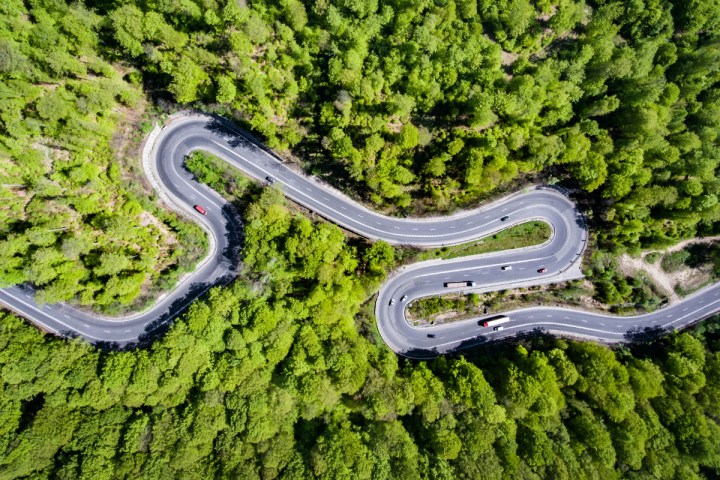
Working in Bordeaux in the southwest of France, police are using their multirotor eye in the sky to catch road users breaking the law. The trial started in the summer and since then its drones have led to the handing out of “hundreds” of fines for traffic violations, Marketplace reports.
The camera-equipped flying machines provide live-streams to police on the ground, allowing them to survey wide areas in the hunt for dodgy drivers. When they spot one, they use the drone’s camera to track the vehicle before sending in traffic cops to pull the driver over.
Police captain Pascal Gensous told Marketplace that the operation in Bordeaux can result in between 15 and 20 vehicles being stopped every hour.
The report notes that while the technology is proving useful for pinpointing unsafe drivers, it doesn’t yet have the ability to detect vehicles breaking the speed limit, though roadside cameras can still take care of those kinds of violations.
Those opposing the French police’s use of drones include Pierre Chasseray of the lobby group Forty Million Drivers, who fears that some motorists will now be taking their eyes off the road and looking skyward to see if they can spot one of the aerial surveillance machines. But the government is reportedly interested in expanding the system to other parts of the country.
The U.K. has a 24-hour drone unit
France isn’t the only nation where police are experimenting with drone technology. In the United Kingdom, cops in the southwest of the country recently set up the country’s very first 24-hour drone unit.
The unit is currently using DJI Inspire drones with powerful thermal imaging and zoom cameras attached. They can be used for a variety of tasks, including helping with missing person searches, gathering images from crime scenes and traffic accidents, and monitoring coastal and woodland searches to fight wildlife crime.
“Drones can even help police track and monitor suspects during a firearm or terrorist incident, as it will allow officers to gain vital information, quickly [and] safely, and allow us to respond effectively at the scene,” one of the unit’s officer’s said recently.
A couple of years ago, police in the Indian city of Lucknow took the controversial step of modifying a drone so that it could fire pepper spray at protesters. It’s not clear if the drone was ever used, though perhaps its mere appearance above protesting crowds was enough to maintain order at rallies in the city.
Drones are becoming increasingly popular among law enforcement and emergency units in the United States, too. A report in April by New York’s Center for the Study of the Drone found that nearly 350 police, fire, and emergency units have brought in drones in the past eight years, nearly half of them doing so in the previous 12 months.
Privacy and safety concerns have hindered the incorporation of drones into the work of some law enforcement units, but over time these remote-controlled copters, and other incoming technology, are expected to be used more widely in the fight against crime.


